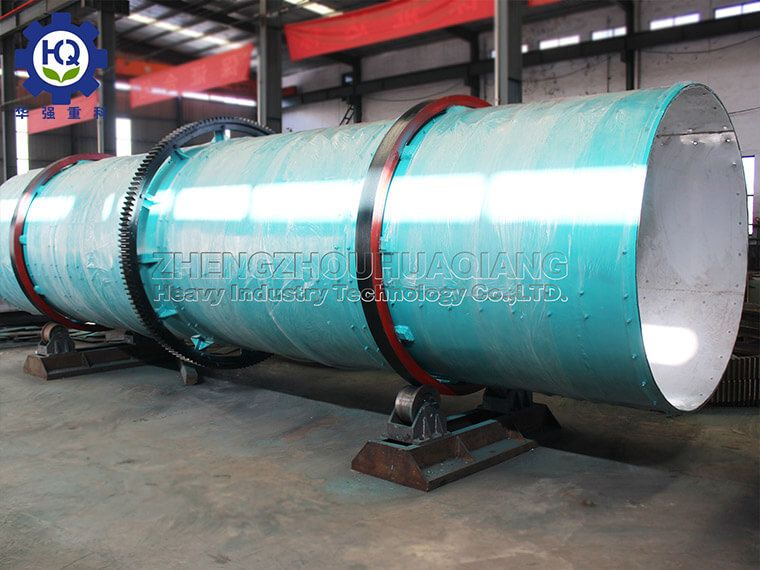Construction of an annual production line for 10000 tons of mushroom waste fertilizer
The design and construction of an annual production line for 10000 tons of mushroom waste fertilizer requires comprehensive consideration of multiple factors, including raw material sources, processing technology, equipment configuration, and the overall layout of the production line. The following is a detailed answer to the annual production line of 10000 tons of mushroom waste fertilizer:
Raw material source: Mushroom waste is the main raw material for producing organic fertilizers, which has rich nutritional elements required by organisms. The collection and processing of raw materials need to ensure the cleanliness and suitability of the waste residue for subsequent fermentation and processing.
Processing technology: The method and steps of fermenting mushroom waste to produce organic fertilizer mainly include: raw material crushing, adding microbial liquid, mixing and ventilation, moisture control, temperature control, and post-fermentation treatment. During the fermentation process, attention should be paid to the mixing ratio of raw materials, fermentation temperature and time, and other parameters to ensure the quality and yield of organic fertilizers.
Equipment configuration: According to the scale and demand of the 10000 tons of mushroom waste fertilizer production line, corresponding organic fertilizer equipment needs to be configured, such as a stacker, crusher, fertilizer granulator, dryer, screening machine, packaging machine, etc. The selection of equipment should consider its performance, efficiency, and durability to ensure the stable operation and efficient production of the production line..jpg)
Production line layout: The layout of the 10000 tons of mushroom waste fertilizer production line should be reasonable, facilitating the transportation, processing, and storage of raw materials and finished products. There should be sufficient space between each device for easy operation and maintenance.
Production and scale: The production line with an annual output of 10000 tons of mushroom waste fertilizer belongs to a medium-sized scale, and it is necessary to ensure the compatibility of equipment and technology to achieve stable production and high yield. In the actual production process, the production scale should be adjusted appropriately based on market demand and raw material supply.
Economic benefits: Mushroom waste, as a raw material for organic fertilizers, has a relatively low cost, and the market demand for organic fertilizers is high, so it has good economic benefits. Through reasonable production management and market development, high profit margins and investment returns can be achieved.
Environmental Protection and Sustainability: The production process of mushroom waste fertilizer meets environmental requirements, which can achieve resource utilization of waste and reduce environmental pollution. At the same time, the production line also has good sustainability, can operate stably for a long time, and bring positive impacts to society and the environment.
In summary, the design and construction of the 10000 tons of mushroom waste fertilizer production line need to comprehensively consider factors such as raw material sources, processing technology, equipment configuration, production line layout, economic benefits, and environmental sustainability. Through reasonable planning and implementation, efficient, stable, environmentally friendly, and sustainable production goals can be achieved.



.jpg)




